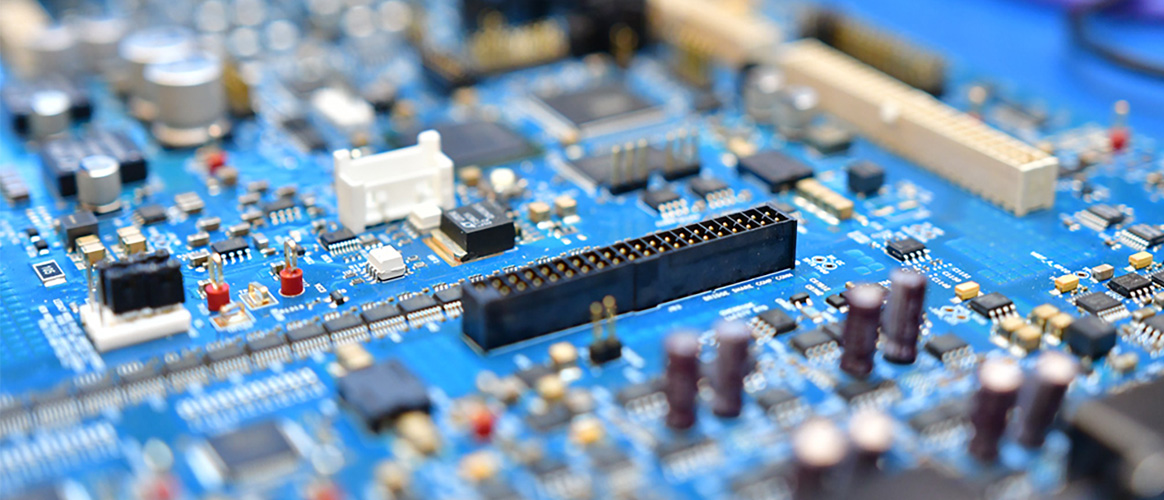Today’s analysis and emulation of genetic sequences demands a low-latency, high-bandwidth solution to transfer massive amounts of data between processors.
Historically, data scientists to manually extracted a genetic sequence from a biological sample, ran it through the system, waited for it to process, and returned to perform the process again.
With a low-latency, high-bandwidth design today, medtech companies can train more models with machine learning algorithms in a shorter amount of time, ultimately drastically reducing development timelines.
Using an FPGA-based platform like Fidus Sidewinder minimizes the latency associated with large-scale storage devices and results in a custom system that can transmit, receive, and store tens of gigabytes per second of genetic sequencing data when combined with a Xilinx multiprocessor systems-on-a-chip (MPSoC).
Learn about how Fidus achieved high-bandwidth, low-latency data movement in a proof of concept for a medical technology company’s genetic sequencing application – click here.



